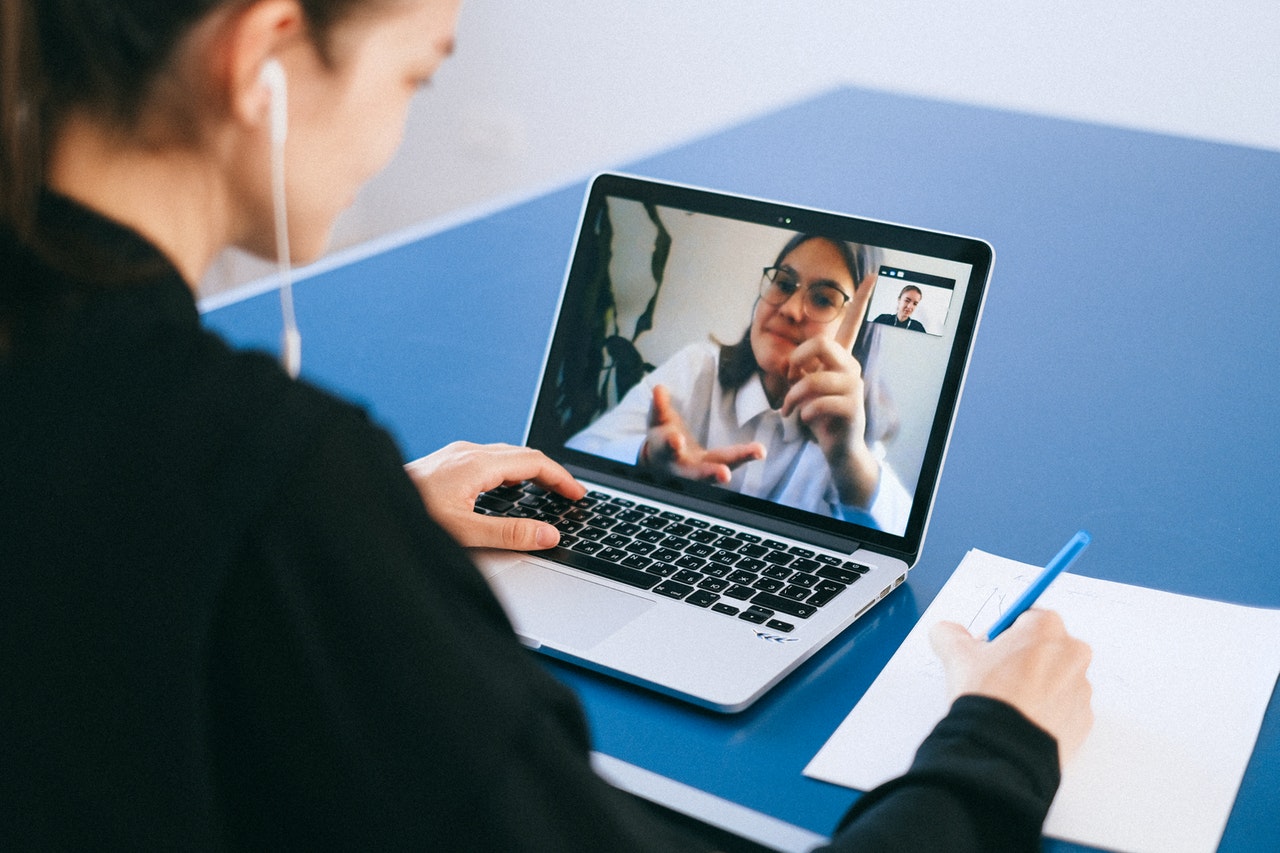Providing motivational and developmental feedback to enhance performance is one of the most important leadership and management skills.
But for managers who lead hybrid teams – flexible in their working hours or location – there are four new challenges that you need to overcome, which are generated by one big difference:
The key difference for a hybrid team is less consistent contact
Where teams use a hybrid working model, or a form of flexible hours working such as compressed hours, the in-person contact between a manager and their team members is less frequent and less regular.
I’ll explain how this impacts on the ability to give effective feedback, and suggest ways you can overcome this.
1. Managers have less direct observation of people’s performance
The traditional co-located team, working 9-5(ish), 5 days a week, gave managers a lot of chances to see and hear their team in action. Managers could gain knowledge passively, almost by osmosis – picking up on when team members were doing things right, or spotting where performance could be improved.
However, hybrid working reduces these opportunities for happenstance observations – so managers will need to be more purposeful and tactical in how they identify issues requiring feedback, and how they deliver that feedback, using the methods below:
- Observed practice. When I am training people to be coaches, one of the most impactful methods is observing them deliver a coaching session. The coach can easily record their session (with the client’s consent), so I gain huge amounts of information about their skills in practice and can provide rich motivational and developmental feedback. Recent AI developments make this even easier for managers – transcribing the audio, or even summarising the main points. Choose the right interaction to observe and see how your team members use their people skills.
- Self-observation and upward reporting. Modern ways of working require greater autonomy, which you can foster by encouraging your team members to be reflective, to identify aspects of their practice they were proud of or unsure about, and to bring these issues to you so you can discuss, analyse, motivate and help them to develop.
- Third-party observations. Without creating an atmosphere of spying, approach other managers – or team members if appropriate – to pass on their observations to you so you can craft appropriate feedback. It’s not a formal 360-degree assessment, just an opportunity for some different perspectives.
- Embed reflection and feedback into the working practice. Make ‘lessons learned’ part of every project review, and analyse successes as well as problems. Following training, encourage people to identify what they learned and to commit to what they will do differently. Agree team ground rules and encourage everyone to give each other open and honest motivational and developmental feedback.
- Feedforward, not feedback. I always champion Kluger and Nin’s Feedforward Interview approach – where managers spend time with their team members before undertaking a demanding task. They clarify expectations and – most importantly – tap into the team member’s past successes and experiences, which they can leverage to enhance their performance this time round. You can sum up the approach as “prepare, not repair”. It doesn’t stop you from providing quality feedback after the event – it just makes it more likely that you’ll be delivering a positive message.
2. Managers find it harder to deliver feedback in a timely manner
The best feedback is given shortly after the event – while everyone still remembers what happened. And traditionally, feedback was something that was given in person, face-to-face. But hybrid and flexible working means a lower chance of being able to do this.
One way round this is to prioritise speed – using digital communication methods such as email, messaging and video conferencing to get the initial points over – and then follow up with a more considered feedback session at a later date, recording the details for future reference.
Obviously, there is a danger if you are providing developmental feedback that a gap between raising it and resolving it fully might cause distress or confusion, so make sure you get the balance right.
3. It is harder for managers to appreciate the context
When working together more consistently, managers are more attuned to how their team are getting on – their levels of work pressure, non-work problems, etc. So if they see potentially problematic performance, they can take account of the immediate context and build that into their feedback.
Without this knowledge, when managers and leaders provide developmental feedback they need to make space for a two-way conversation. Invite your team member to provide their perspective and context, ask them reflective questions to uncover their perceptions, and once you have established the context you can provide your considered feedback.
4. Managers find it more difficult to support the team member afterwards
Less consistent contact means it is harder for managers to monitor their team member’s progress on enacting developmental feedback.
Again, the solution is to be more purposeful where you can no longer rely on happenstance:
- Set up opportunities for the team member to practice their revised behaviour, with you or someone else observing.
- Arrange creative learning interventions such as task-based shadowing.
- Use Kluger and Nin’s Feedforward technique to help your team member prepare in advance.







